Tags: Star

Dying Moments of Planet While Being Consumed by White Dwarf Star Captured for the First Time

Dying Stars May Give Birth to New Planets, Astronomers Say
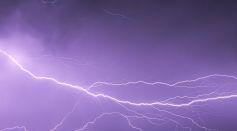
NASA Shares Breathtaking Cosmic Phenomena Resulting From Interaction Of Merging Galaxies, Star And Guitar Nebula [See Photos]

'Mini-Neptune' Exoplanets With Puffy Atmospheres are Transforming Into Super-Earths; How Is This Possible?

Scientists Find a Weird Super-Hot Jupiter Exoplanet With Earth-Like Atmosphere That's So Near Its Star

[LOOK] NASA Hubble Space Telescope Shares Stunning Photo of Interacting Galaxies
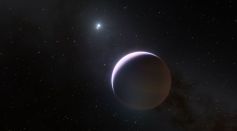
Planet Search Is Not Easy! Astronomers Tell Us How They Discovered Almost 5,000 New Exoplanets

Milky Way Now Has Thousands Of Stunning Magnetic Threads Like A 'Modern Art', Scientists Say

Spooky Cosmic Object Could Be A New Type of Star With Ultra-Powerful Magnetic Field
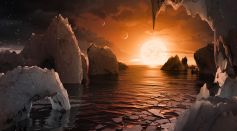
Why Do Earth-Like Planets Form? Experts Pinpoint Hypothesis

Why Is Earth Sitting in the Center of a ‘Local Bubble’ Surrounded by Baby Stars? Here's What Experts Say
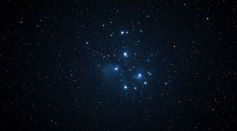
Stars May Stop Producing Elements Due to Excessive Heavy Metal Content
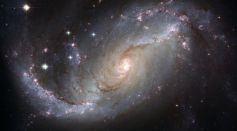
Least Metallic Stellar Structure in Our Galaxy Baffles Astronomers in Recent Discovery

Red Supergiant Star Transforms Into Type II Supernova as Scientists Watch Real Time

Do You Want To Kick A Pulsar Out Of The Galaxy? Here's How! [Watch]

Is Earth Acting Weird in Our Solar System? Here's What Astronomers Say!
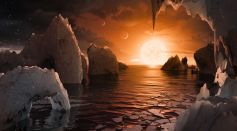
Weird Exoplanets of 2021: What Are The Strangest Planets Discovered This Year?
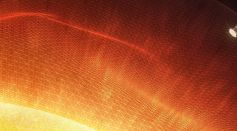
NASA Parker Solar Probe Finally Kisses Sun’s Atmosphere For The First Time

Massive Solar Storm From a Star as Big as the Sun Could Be a Warning Sign for Earth, Study Says
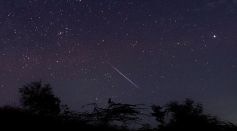
Geminids Meteor Shower to Peak on Dec. 13-14: South Africans See Bright Lights Quickly Moving Through the Sky
Most Popular

Microplastics Are Everywhere — How Plastic Pollution Threatens Wildlife, Soil, and Water

Brain Health Aging Guide: Effective Strategies for Cognitive Decline Prevention and Lower Dementia Risk

How Scientists Use Radio Telescopes to Search for Alien Signals Across the Universe

Mitochondrial Health and Aging: How Cell Energy Drives Modern Anti-Aging Science





